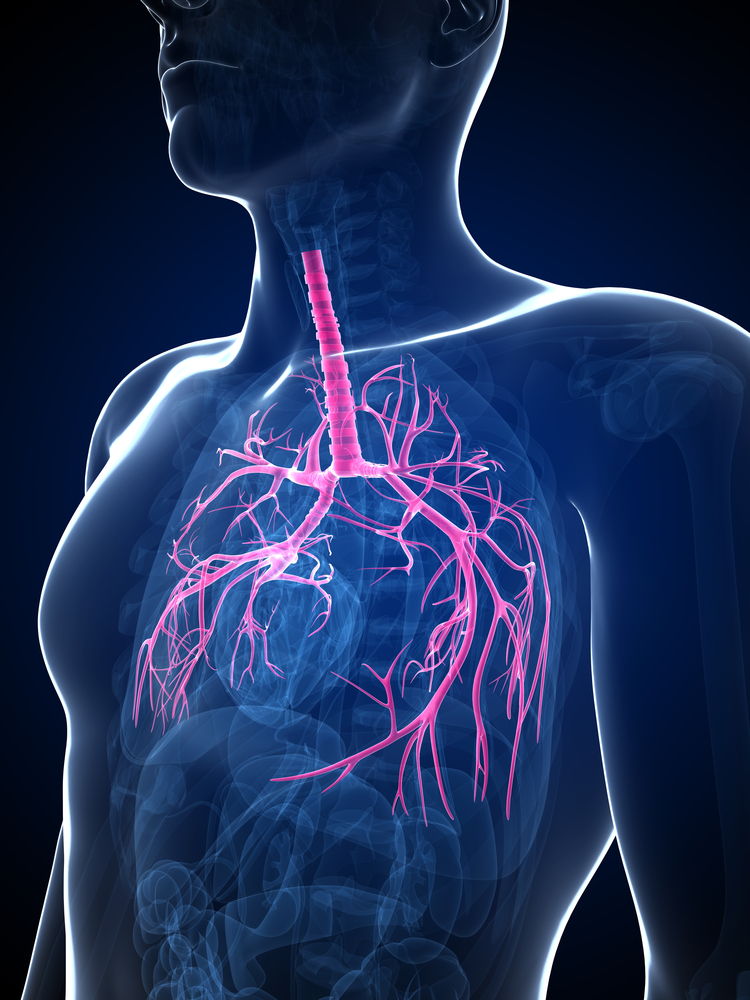Heart Function Measurements Could Help Doctors Track Fabry Disease Progression, Study Finds

Measuring left heart chamber size and functioning could help doctors do a better job of tracking the progression of Fabry disease in people who also have a heart muscle disorder, a study reports.
The research, “Comparison of left atrial size and function in hypertrophic cardiomyopathy and in Fabry disease with left ventricular hypertrophy,” was published in the journal Echocardiography.
Although Fabry disease and hypertrophic cardiomyopathy are different disorders, they have the same causes: left ventricular hypertrophy — or abnormal thickness of the left ventricular wall of the heart — and myocardial fibrosis — or alterations in the heart’s collagen network. Both lead to heart complications that increase patients’ chance of dying.
A team of researchers decided to look at the two conditions’ characteristics and differences for clues about how they affect survival.
They measured the size and function of the heart’s left atrium (one of the four chambers of the heart) in Fabry disease patients with cardiomyopathy (disease of the heart muscle). They compared the measurements with those of hypertrophic cardiomyopathy patients and with those of healthy people.
Their analysis included 19 people with non-obstructive hypertrophic cardiomyopathy, 20 with Fabry cardiomyopathy, and 20 healthy subjects, all matched for sex and age.
The results showed that hypertrophic cardiomyopathy patients had a larger left atrium volume than Fabry disease patients. However, both groups had much worse left atrium function than healthy controls.
Scientists say the left atrium plays a vital role in blood circulation. It acts as a reservoir for the oxygenated blood coming from the lungs. Then it transfers the blood to the left ventricle, which it helps fill. Once the blood is in the left ventricle, it is pumped through the body’s arteries and veins.
The research team measured the left atrium’s functions with a method that assesses the strain placed on the reservoir in performing each task.
Patients with hypertrophic cardiomyopathy had a larger left atrium volume than patients with Fabry disease. But all left atrium functions were severely compromised in both conditions, when compared with the control group.
“Measurement of the atrial size and mechanical function could be useful not only to assess prognosis, but also to follow the progression of Fabry cardiomyopathy. Future studies will be necessary to show whether atrial parameters can predict adverse cardiovascular events in patients with Fabry disease,” the researchers wrote.






